It is crucial to respond accurately to demands for urban development in each country.
The experience of Japan, which has addressed issues caused by rapid urbanization impacting cities, may be useful in cities all around the world.

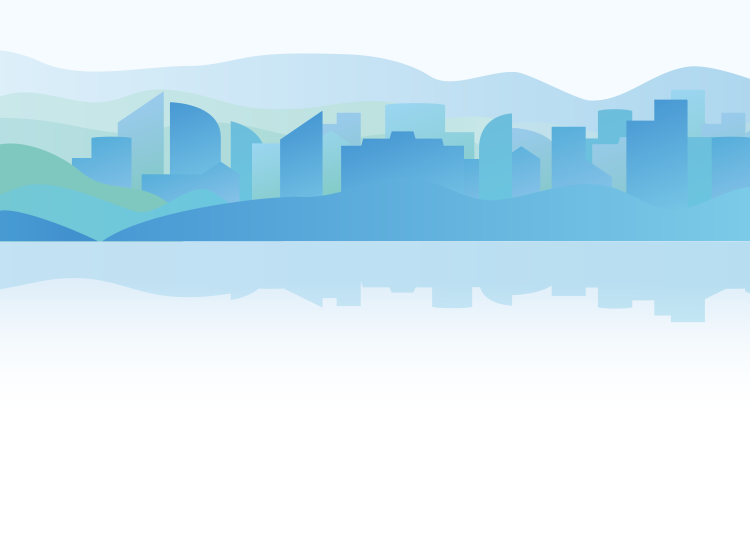
Japanese technology and experience
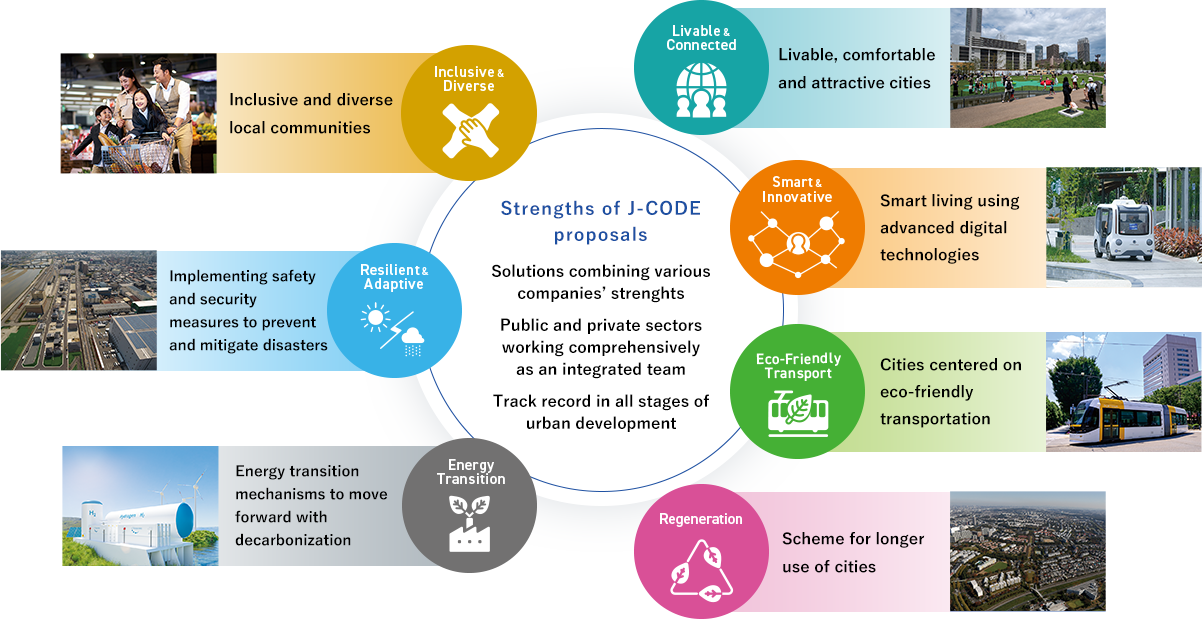
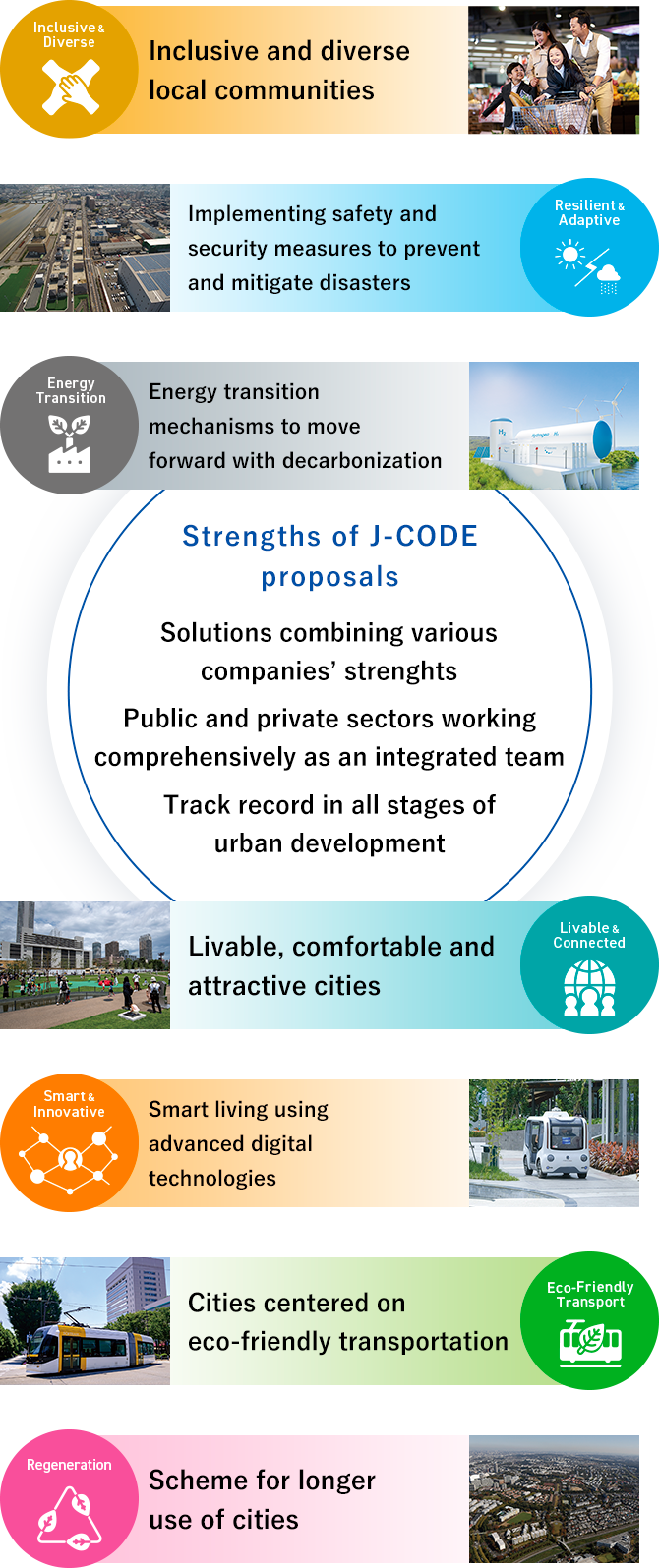

J-CODE supports the Sustainable Development Goals

J-CODE strives to realize the needs of sustainable urban development
with local partners around the world.
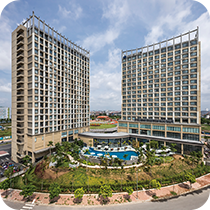
Vietnam
Waterfront city
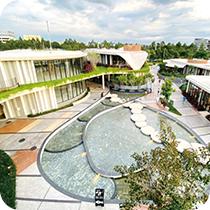
Vietnam
Binh Duong New City
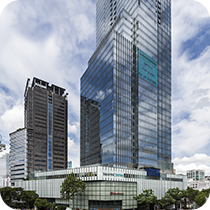
Vietnam
Saigon Centre
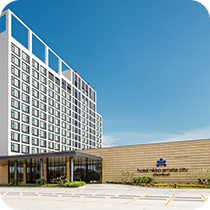
Thailand
Hotel Nikko Amata City Chonburi

Thailand
Hyde Heritage Thonglor
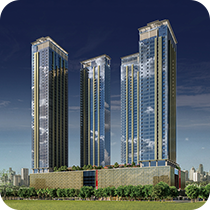
Philippines
Bonifacio Global City
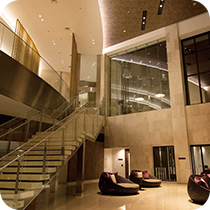
Indonesia
Development of the Simatupang area
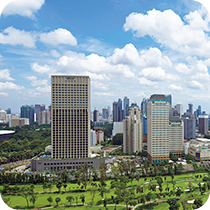
Indonesia
Senayan Square
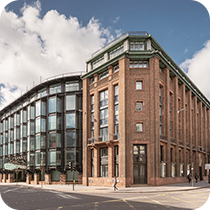
England
Bracken House
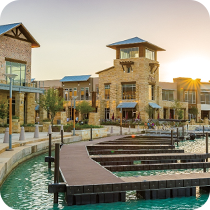
United States
Towne Lake

J-CODE has developed extensive technologies and experience in each phase of urban development, from conception to project implementation and management, focusing on the long-term perspective.
| Phases of urban development | |
|---|---|
|
Planning and design |
|
|
Implementation
programs 

|
|
|
Real estate development 

|
|
|
Construction and technology 

|
|
|
Maintenance and management 

|
|
|
Community management 

|
|
Issue
Urban populations continue to grow worldwide.
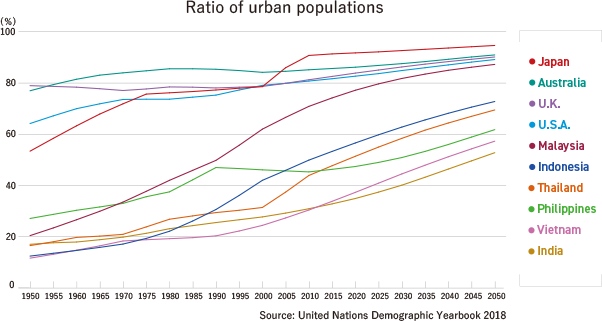
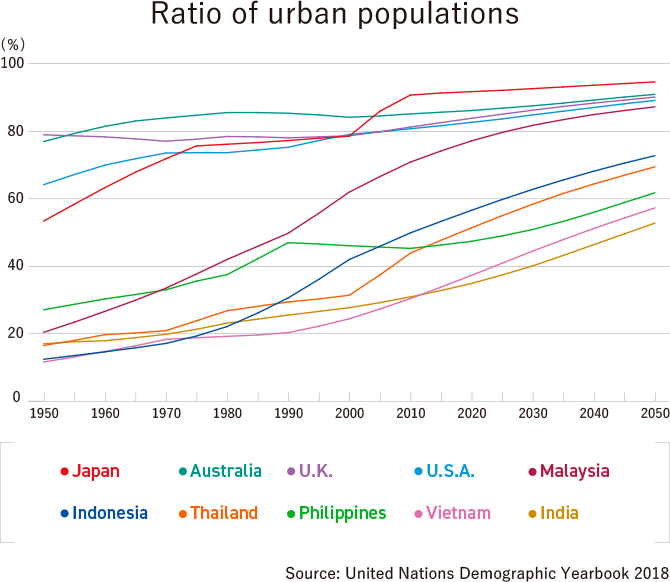
Achievement
J-CODE members have a track record of solving urban issues in Japan.
Urban problems
Solutions
Reconstruction period
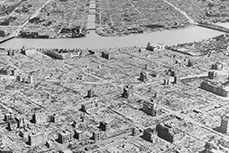

- Urban areas devastated by the war, unregulated occupancy of lands
- Postwar lack of housing
- Land readjustment for war-damage reconstruction
- Massive supply of housing and residential land
Super-growth period
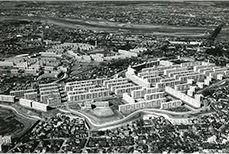

- Flow of population into large urban areas
- Shortage of infrastructure due to rapid urbanization
- Traffic congestion due to increasing numbers of vehicles on roads
- Environmental pollution of air and water
- Visible flood problems in urban areas
- Priority put on public transportation in city planning, development of areas along railway lines
- Streamlining, mass production, and mass production, and precast concrete in construction
- Infrastructure improvement and development of a legislative system for realizing urban policy
- Implementation of flood control measures
Stable growth period
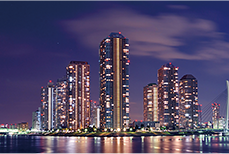

- Increasing demand for good quality
- housing due to higher standards of living
- Energy saving after the oil shock
- Emergence of large swathes of underutilized land due to changes in the industrial structure
- Boosting awareness of environmental issues
- Occurrence of disasters
- Improving housing standards
- Utilization of brownfield land
- Development of recycling measures for resources
- Urban planning considering water and greenery environments
- Disaster prevention measures
Post supoer-growth period
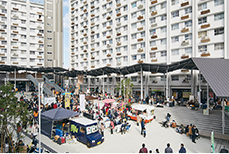

- Increasing demand for the reduction of environmental impact
- Aging society with a declining birthrate and decreasing population
- Decline of city-center vitality
- Deteriorating housing stock
- Urban planning combining compact cities and networks
- Redevelopment, renewal, and revitalization of existing housing stock
- Consideration for elderly households and with young children households
- Steps to promote barrier-free design
